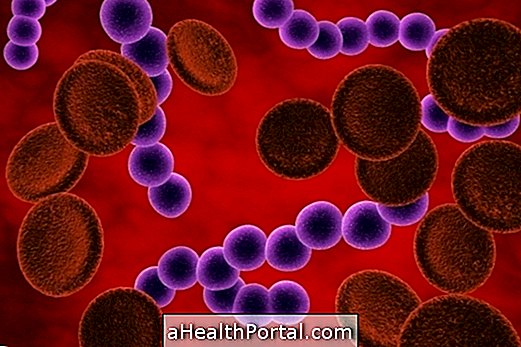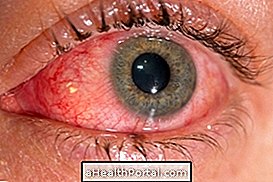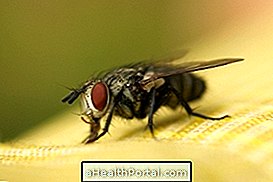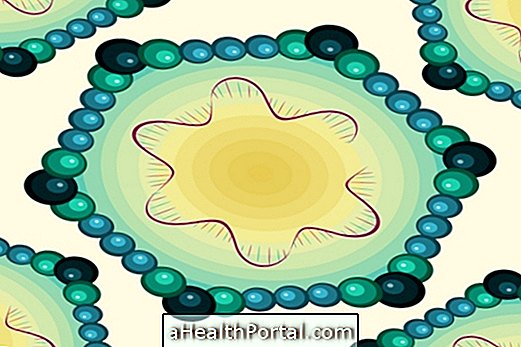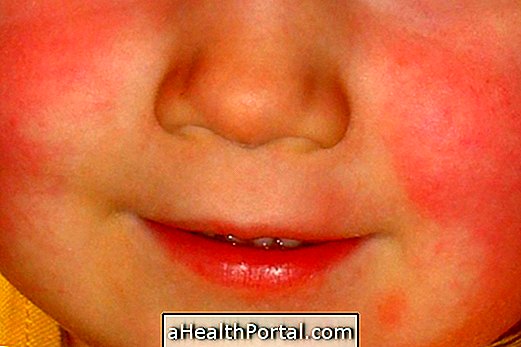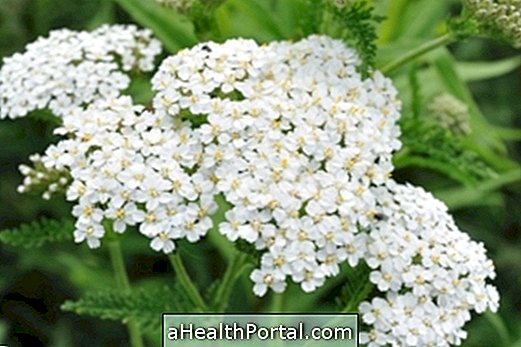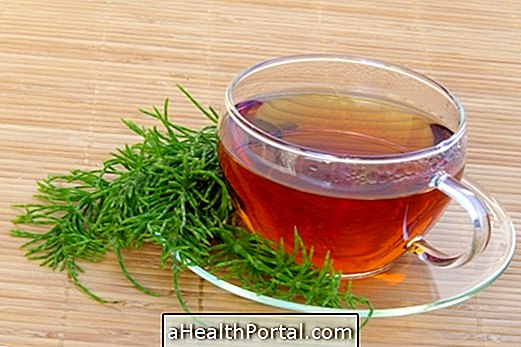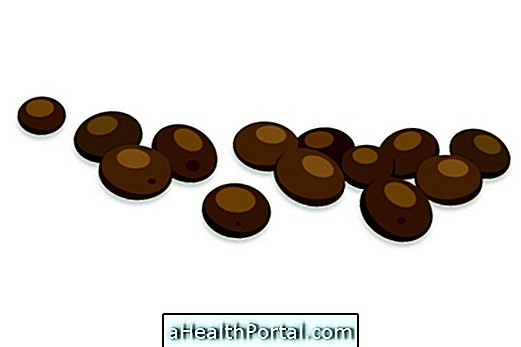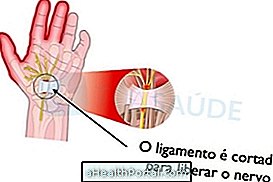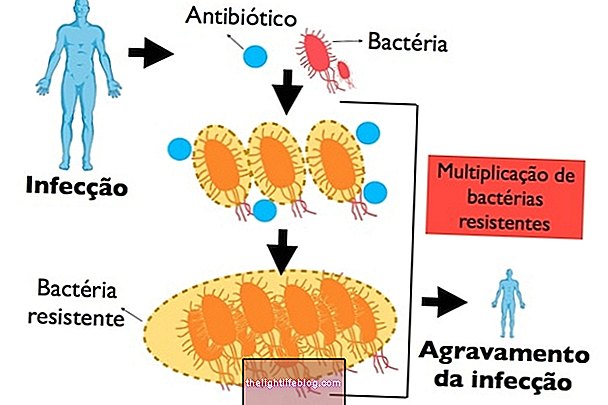Meningitis refers to the inflammation of the membranes lining the brain and spinal cord, which can be caused by viruses, bacteria and even parasites.
The most characteristic symptom of meningitis is the stiffness in the nape of the neck, which hinders the movement of the neck, as well as headache and nausea. The treatment is done according to the identified microorganism, and can be done with retrovirals, antibiotics, analgesics or corticosteroids.

Viral Meningitis
Viral meningitis is a type of meningitis caused by viruses and is more common in the summer and in people over 15 years of age. This type of meningitis is less severe and develops flu-like symptoms such as fever, malaise and body aches, symptoms that if treated correctly may disappear within 10 days.
Transmission is done through direct contact with the secretions of infected people, so it is important to take preventive measures, such as washing your hands properly and avoiding close contact with infected people. Learn how to identify and treat viral meningitis.
Herpetic meningitis is caused by the Herpes virus and, although it is a viral meningitis, it is serious, since it can provoke inflammation of various regions of the brain, this condition being called meningoencephalitis. Understand more about herpetic meningitis.
Bacterial Meningitis
Bacterial meningitis is more serious than viral meningitis and corresponds to inflammation of the meninges caused by bacteria such as Neisseria meningitidis, Streptococcus pneumoniae, Mycobacterium tuberculosis and Haemophilus influenzae . Bacteria enter the body through the respiratory veins, reach the bloodstream and go to the brain, inflaming the meninges.
This type of meningitis is characterized by high fever, vomiting and mental confusion, for example, and when untreated can endanger the person's life. Treatment is done with antibiotics according to the bacteria identified in the microbiological examination. Here's how to identify bacterial meningitis.
Bacterial meningitis caused by the bacterium Neisseria meningitidis is called meningococcal meningitis and, although rare, it occurs more frequently in children and the elderly, especially when there are conditions that decrease the immune system. This type of meningitis is characterized by stiff neck, difficulty in bending the neck, severe headache, presence of purple spots on the skin and intolerance to light and noise. Understand meningococcal meningitis.
The treatment of meningitis is done, most of the time, with the person hospitalized so that the patient's evolution can be monitored and possible complications avoided. Learn about the sequelae of meningitis.
Eosinophilic Meningitis
Eosinophilic meningitis is a rare type of meningitis caused by infection by the parasite Angiostrongylus cantonensis, which infect slugs, snails and snails. People become infected by consuming meat from animals contaminated with the parasite or food contaminated with secretions of these animals.
This type of meningitis has as main symptoms strong headache, nausea, vomiting and stiffness in the nape of the neck, being the treatment made with medicines to alleviate the symptoms and to diminish the inflammation, like painkillers and steroids. Learn more about eosinophilic meningitis.

